Liverwurst or Braunschweiger: What’s the Difference?
Liverwurst has been a staple in European delis for centuries, bringing rich flavor to sandwiches and appetizer platters alike.
This savory meat spread contains various ingredients that create its distinctive taste profile.
Many food enthusiasts appreciate its smooth texture when spread on fresh bread or crackers.
The preparation methods differ slightly depending on regional traditions across Germany and neighboring countries.
Some connoisseurs pair it with pickles or mustard for an enhanced tasting experience.
Those unfamiliar with liverwurst might initially hesitate before trying this traditional delicacy.
The world of specialty meats offers fascinating insights into cultural food histories that you can experience firsthand through these flavorful spreads.
Discovering the Rich Heritage of Liverwurst
Liverwurst is a traditional sausage popular in Europe, North America, and South America, made from a mix of meat, animal fat, liver, and spices. It’s commonly eaten as part of a meal or snack, often paired with bread, crackers, cucumber, or mustard.
While typically made with pork or beef liver, other organs like kidney and heart may be included for similar texture and flavor. Unlike smoked sausages such as Braunschweiger, Liverwurst is not smoked; its flavor and texture depend largely on fat content.
Its appearance varies from pale pink to darker brown for chunkier varieties. Nutritionally, Liverwurst is rich in vitamins B12, A, and iron, but due to its high fat and cholesterol, it’s best consumed in moderation.
Unwrapping the Secrets Behind Delicious Liverwurst Making
Liverwurst is made by finely grinding organ meats, animal fat, and regular meat into a smooth paste, then mixing in spices for flavor. This mixture is stuffed into casings, sealed, and gently boiled until fully cooked.
After cooking, the sausages are cooled and refrigerated, preserving the classic savory taste enjoyed on sandwiches or with crackers.
The Overview of Savory Braunschweiger
Braunschweiger is a German sausage named after Braunschweig (Brunswick), made from pork liver mixed with onions, spices, pork, and bacon. Typically smoked or semi-smoked, it has a tender, spreadable texture and is often used as a spread on crackers or sandwiches, or as part of a main dish.
Its color varies with preparation - boiled Braunschweiger resembles pale Liverwurst, while smoked versions are darker. In the US, smoked varieties are more common.
Braunschweiger has a rich liver flavor with a distinctive peppery hint. USDA regulations require at least 30% liver content, with typical recipes including 40% pork liver, 20% pork trimming, 10% bacon end, and 30% pork jowl.
Originating in the 19th century as a regional specialty, it’s now popular worldwide but, like Liverwurst, should be eaten in moderation due to high fat and cholesterol.
Crafting Braunschweiger
Braunschweiger production varies by region: European producers usually par-boil the sausage, while Canadian makers prefer smoking. The process starts by grinding the ingredients into a smooth or slightly chunky paste, then mixing in spices evenly.
The blend is stuffed into natural casings and cooked - either boiled or smoked. Smoking is done in specialized chambers, and the type of wood used influences the sausage’s flavor.
These regional differences create subtle flavor variations while keeping the traditional Braunschweiger character intact.
The Similar Traits of Liverwurst and Braunschweiger
Liverwurst and braunschweiger, two well-known sausage varieties, blend pork liver with an array of ingredients such as spices, bacon, onion, and additional pork. Both work wonderfully when sliced or used as spreads for sandwiches and other tasty dishes.
Their nutritional profiles match closely, offering plenty of protein plus essential nutrients like iron and vitamin A. Moderation is key when enjoying these sausages since they pack significant amounts of cholesterol and fat.
Many people find them delicious despite their rich content, making them a treat worth savoring occasionally rather than daily fare.
Liverwurst Vs. Braunschweiger: The Differences
Liverwurst and braunschweiger share many ingredients but differ in several key ways that affect how they taste and feel.
The table below will show you the main points of differences between liverwurst and braunschweiger.
| Feature | Liverwurst | Braunschweiger |
| Origin | Popular in many European countries, South and North America with regional varieties. | Originated in Braunschweig, Germany; regional specialty that spread in Europe. |
| Making Process | Mixed pork liver and other ingredients; mainly boiled, sometimes smoked. | Mixed pork liver with spices and onions; typically smoked or semi-smoked. |
| Texture | Can be firm and sliceable or tender and spreadable, depending on liver and fat content. | Usually softer and creamier; very spreadable and smooth. |
| Appearance | Light pale pink; can be in small cylindrical pieces or one large sausage. | Darker pale pink due to smoking; usually one large sausage for easier slicing. |
| Flavor | Rich, intense liver flavor with spices like nutmeg, pepper, cardamom, marjoram, allspice, paprika, onion, and garlic. | Milder liver taste with a distinctive peppery undertone and smoky aroma (when smoked). |
| Usage | Served as a main meal component or snack, often with crackers, bread, cucumber, or mustard. | Commonly used as a spread for crackers and sandwiches or as a dish component. |
Origin
Liverwurst is a popular sausage enjoyed across many European countries as well as North and South America, with numerous regional varieties that influence its flavor and style. In contrast, Braunschweiger originates specifically from the German city of Braunschweig, where it began as a regional specialty before gaining popularity throughout Germany and other parts of Europe.
The Making Process Of Liverwurst And Braunschweiger
Both Liverwurst and Braunschweiger are made by mixing pork liver with other meats and spices, but their cooking methods differ. Liverwurst is primarily boiled, though some versions may be smoked, while Braunschweiger is typically smoked or semi-smoked.
Braunschweiger recipes often include additional ingredients like onions, and the mixture tends to be ground into a softer, more spreadable paste compared to Liverwurst.
Appearance
Liverwurst usually appears pale pink and can be found either in small cylindrical sausages or large single pieces. Braunschweiger tends to have a darker pink hue due to its smoking process and is almost always sold as a large single sausage, which makes slicing easier and more uniform.
Texture
The texture of Liverwurst varies widely depending on its ingredients; those with higher pork and bacon content are firmer and sliceable, while liver-rich versions are softer and spreadable. Braunschweiger, on the other hand, usually has a smooth, creamy consistency that makes it especially suitable as a spread on crackers or sandwiches.
Flavors
Liverwurst is known for its rich and intense liver flavor, enhanced by a complex blend of spices such as nutmeg, pepper, cardamom, marjoram, allspice, and paprika, along with undertones of onion and garlic. Braunschweiger offers a milder liver taste, accented by a distinctive peppery note, with smoked varieties delivering a smoky aroma and deeper flavor profile not typically found in boiled Liverwurst.
Delicious Liverwurst Serving Ideas
Liverwurst is a delicious and versatile sausage that you can enjoy in many ways. Most store-bought liverwurst is fully cooked, so you can simply thaw and eat it cold or warm it up by sautéing, frying, boiling, or grilling.
Its smooth, pâté-like texture makes it perfect for spreading on bread or adding to sandwiches. To boost its flavor, try pairing it with mustard, red onion, or other favorite toppings.
Whether you eat it plain, heated, or dressed with tasty sides, liverwurst always offers a satisfying and flavorful bite.
Savory Ways to Enjoy Braunschweiger
Braunschweiger is best enjoyed sliced thin for sandwiches, where its smooth, spreadable texture really stands out. Many people like to spread it on crackers, serve it with cheese, or pair it with fresh vegetables.
Adding mayonnaise and ketchup to a Braunschweiger sandwich can boost its rich flavors. If you prefer something warm, pan-frying Braunschweiger and placing it between crispy toast makes a tasty meal.
This versatile sausage is great for quick snacks or casual meals any time of day.
How to Store Liverwurst and Braunschweiger
Following these tips will help maintain the texture and flavor of your Liverwurst and Braunschweiger.
Got Questions? We’ve Got Solutions
1. Is liverwurst healthier than braunschweiger?
Both have similar nutritional profiles with high fat content. Liverwurst typically contains less fat than braunschweiger, making it slightly healthier, but both should be eaten in moderation.
2. Can I use liverwurst instead of braunschweiger in recipes?
Yes, you can substitute one for the other in most recipes. The main difference you'll notice is that braunschweiger has a smokier, richer flavor compared to the milder liverwurst.
3. How long do liverwurst and braunschweiger last in the refrigerator?
Both products typically last 4-7 days once opened when stored properly in the refrigerator. Unopened packages last until their expiration date when refrigerated.
4. What's the best way to serve these spreads?
Both are delicious on rye bread or crackers with mustard, pickles, or onions. They can also be used in sandwiches or as part of a charcuterie board for entertaining.

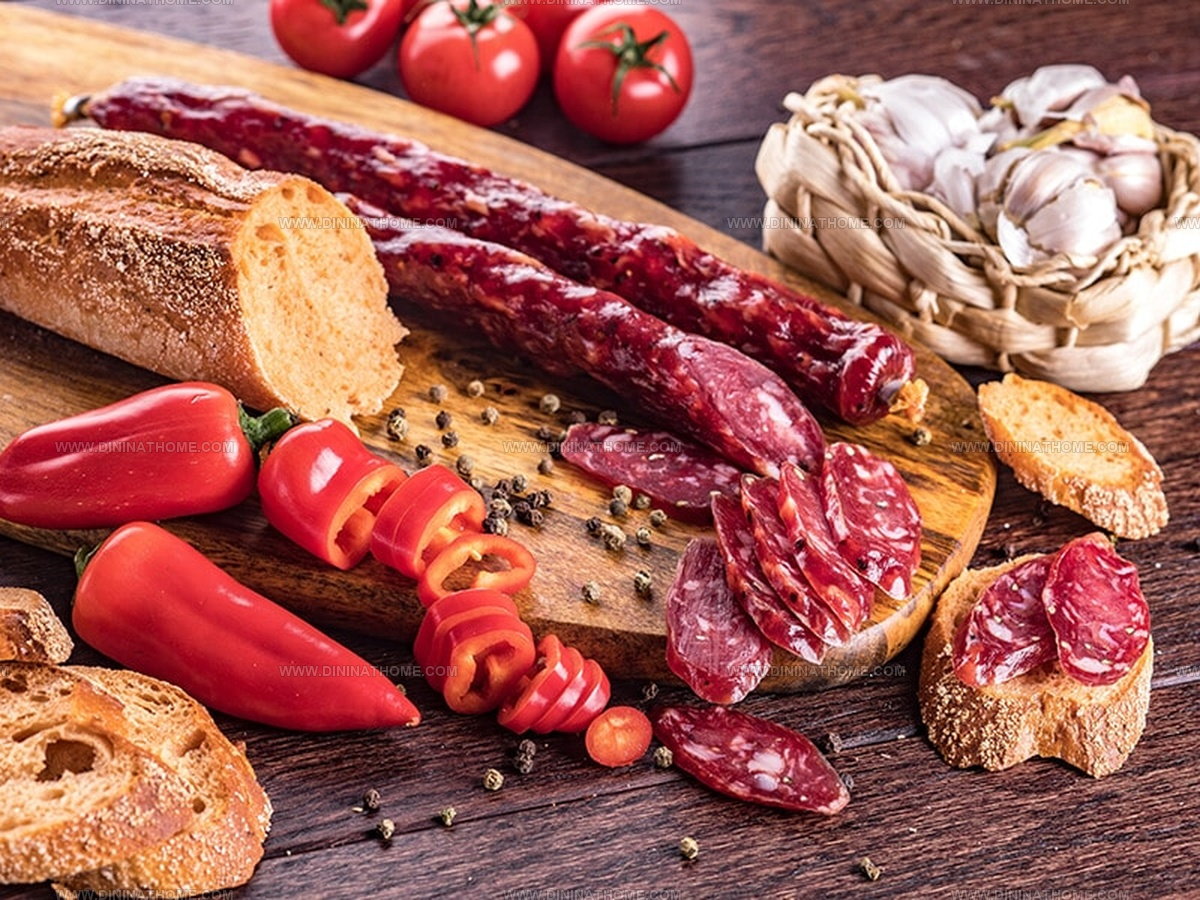
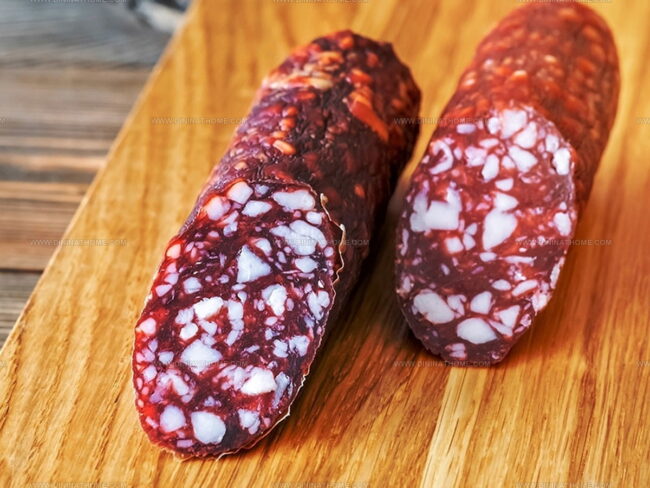
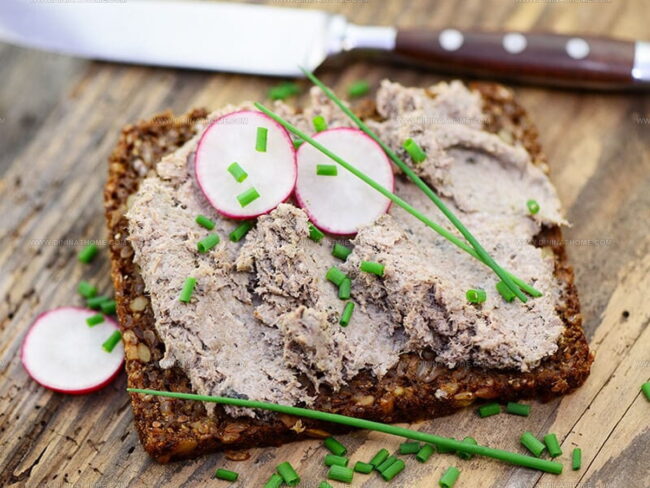
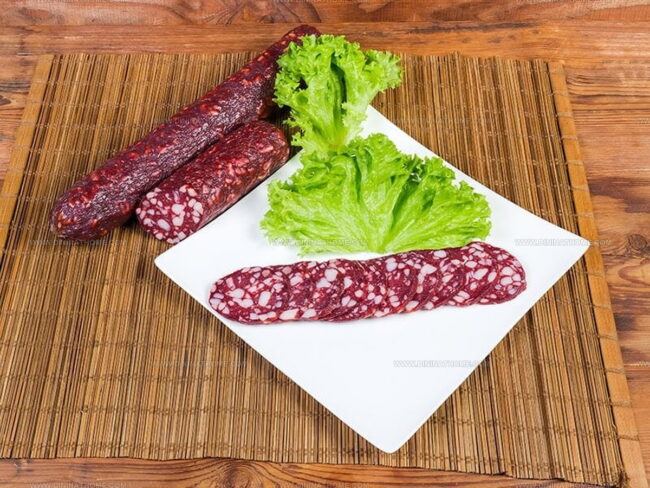
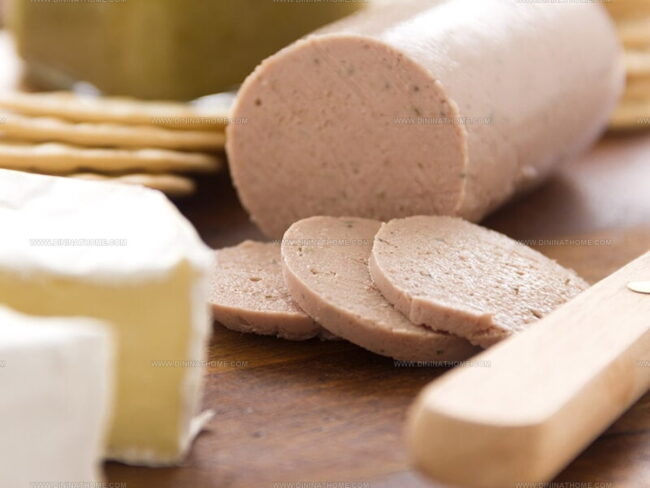
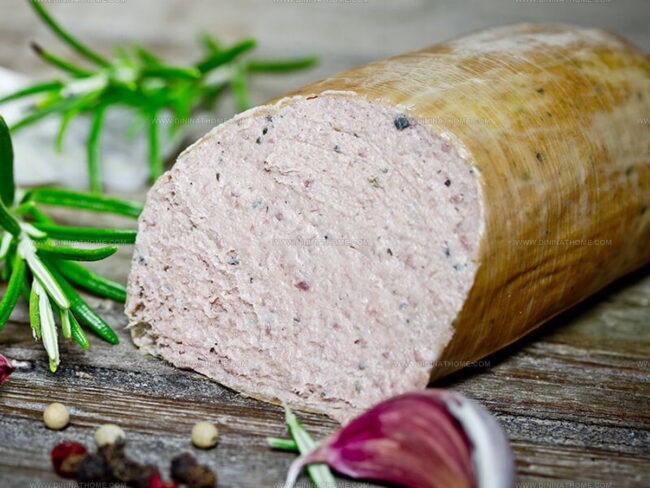
James Walker
Lead Recipe Developer & Culinary Educator
Expertise
Southern Cuisine & Farm-to-Table Cooking, Recipe Development & Testing, Culinary Education & Instruction
Education
School: Auguste Escoffier School of Culinary Arts
Program: Diploma in Culinary Arts and Operations
Focus: Comprehensive training in classical and modern culinary techniques, kitchen operations, and farm-to-table practices.
James didn’t learn cooking from a TV show, he learned it from busy kitchens, family gatherings, and long afternoons spent testing recipes the hard way.
After training at the Auguste Escoffier School of Culinary Arts, he brought his love for real, down-to-earth food to every dish he makes.
At Dining At Home, James loves building recipes that feel familiar but still have something special, like adding a twist to a classic or making a slow Sunday dinner feel brand new.
When he’s not in the kitchen, you’ll probably find him swapping garden tips at the farmers’ market or teaching his daughter how to flip pancakes without a mess (almost).